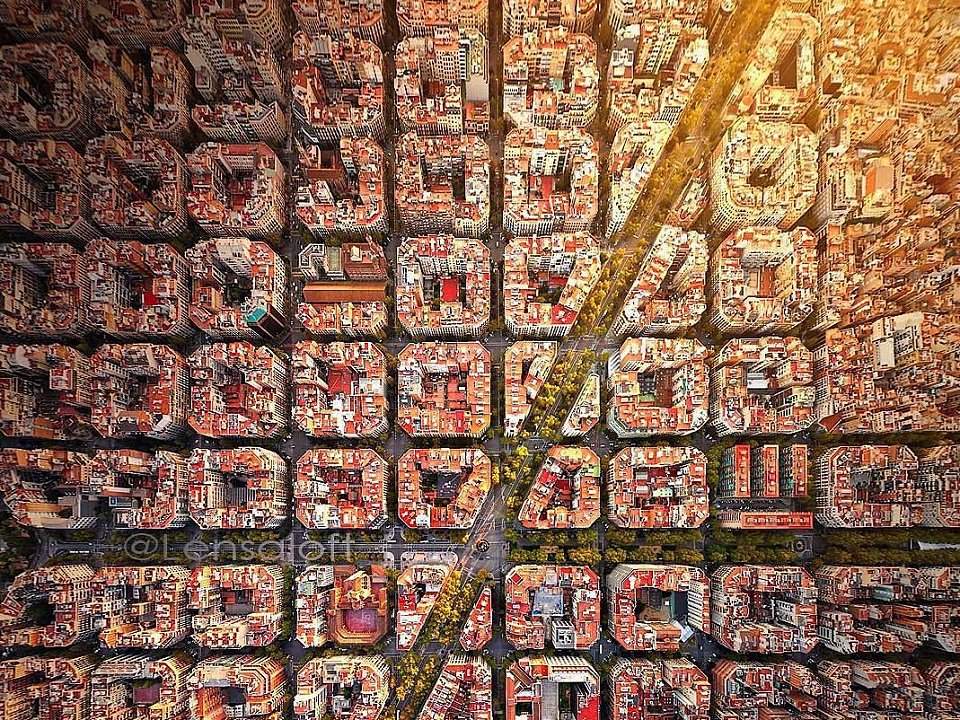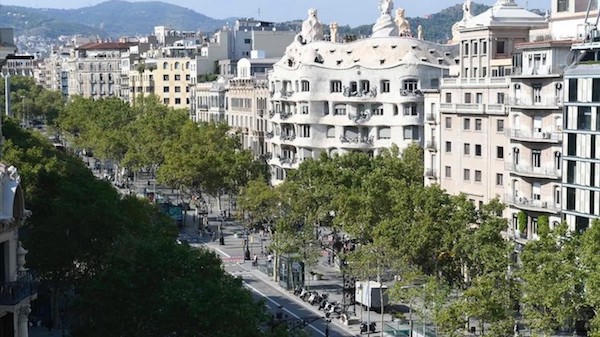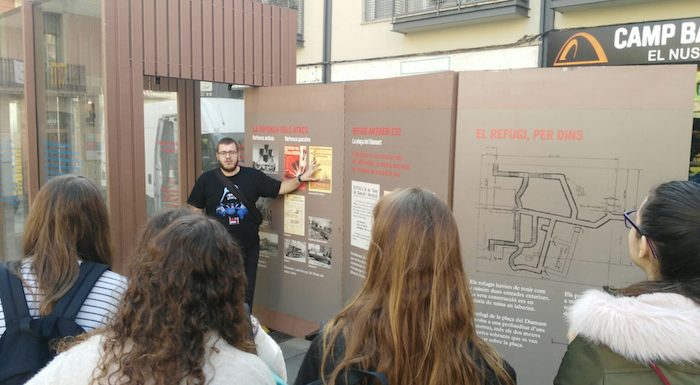Finding things to do in Barcelona outside can often be an overwhelming task. With so many options, where do you start?
Look no further! We’ve carefully put together this article with 10 things to do in Barcelona outside so you can make the most of the city and its all-year round mild climate.
The days are getting longer and spring is just around the corner. What better time of year to get out of the house for a breath of fresh air in your favourite city.
This cultural hub has so much to offer when it comes to plans outside: from its sandy beaches and charming squares, to its luscious parks and secret hidden corners, you’ll be spoilt for choice.
We always recommend checking the latest COVID-19 restrictions and opening times before you decide to do any of these outdoor activities, and to follow safe social distancing at all times.
1. Take a walk along Barcelona’s seaside promenade
Barcelona’s coastline offers spectacular views and a wide, spacious promenade to walk along to soak it all in. Alternatively, hit the sand, fill your lungs with the fresh sea air and let the waves of La Barceloneta tickle your toes. If you’re looking for more things to do in Barcelona on the beach, why not grab a pair of roller-skates, a bike or go for a run along this beautiful coastal promenade.
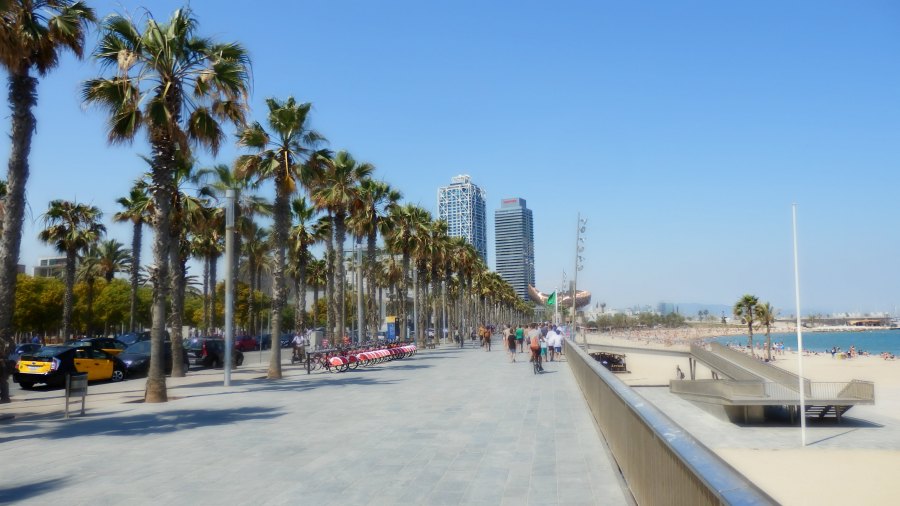
2. Visit Colserolla Park and Carretera de les aigües
Collserola park is the biggest metropolitan park in the world – believe it or not, it is 22 times the size of New York’s Central Park. The park can be easily accessed by many forms of public transport (bus, metro and train). Visitors will find many routes that are perfect for both hiking and biking. Keep an eye out for the local flora and fauna, including wild boar!
Visiting Collserola is one of our favourite things to do in Barcelona. Why not make a day of it with the whole family?
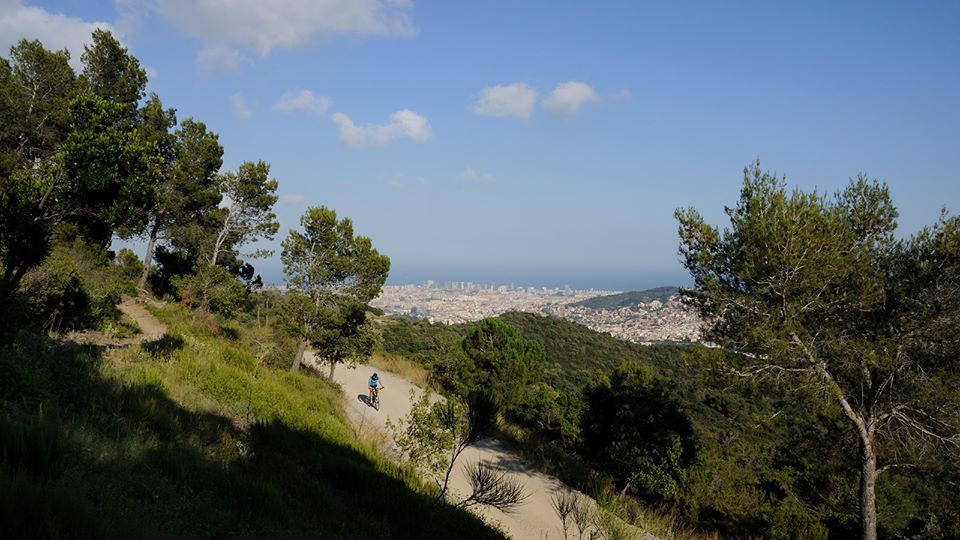
3. Discover Montjuïc
Head to Montjuïc and enjoy some fantastic views of Barcelona, the harbour and coastline. This monumental hill is easy to access by cable car and other forms of public transport. Discover the cemetery, the wonderful viewpoints and visit the Montjuic castle. Due to reduced capacity, we recommended checking current restrictions and booking in advance.
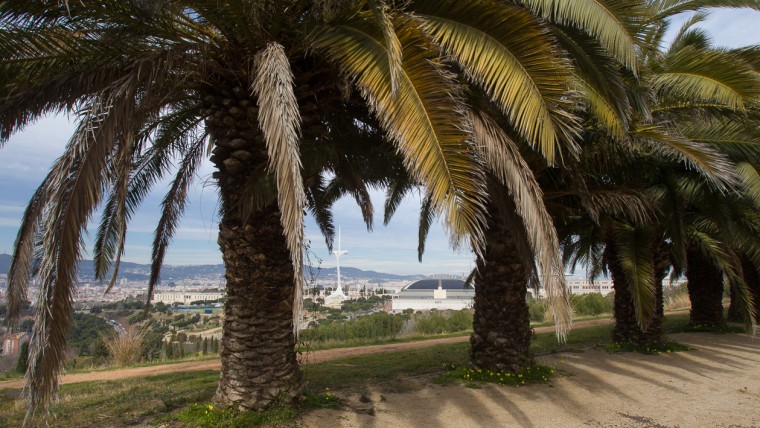
4. A visit the Joan Brossa Gardens with the entire family
After you’ve taken in the views, another thing to do in Barcelona’s Montjuïc is visiting the Joan Brossa Gardens. It’s at its most beautiful in the springtime, so we recommend visiting in the upcoming months to make sure you catch the flowers in full bloom.
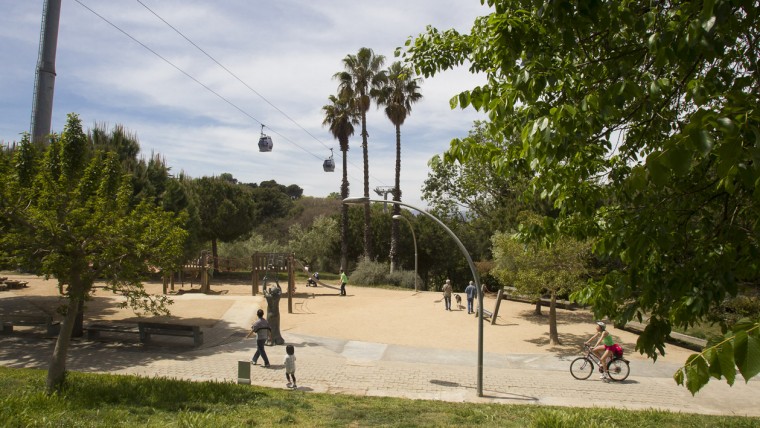
5. Getting lost among the streets of the Ciutat Vella
Discovering the hidden corners of Barcelona’s old town is one of the most magical things to do in Barcelona. Wander through its medieval streets and visit many a charming square. Replete with history, we recommend taking in the Neo-gothic architecture of Barcelona cathedral, visiting the hidden Roman columns at the Temple d’August by Plaça Sant Jaume or strolling through Plaça Felip Neri to discover its tragic past.
You can discover more things to in the Ciutat Vella here.
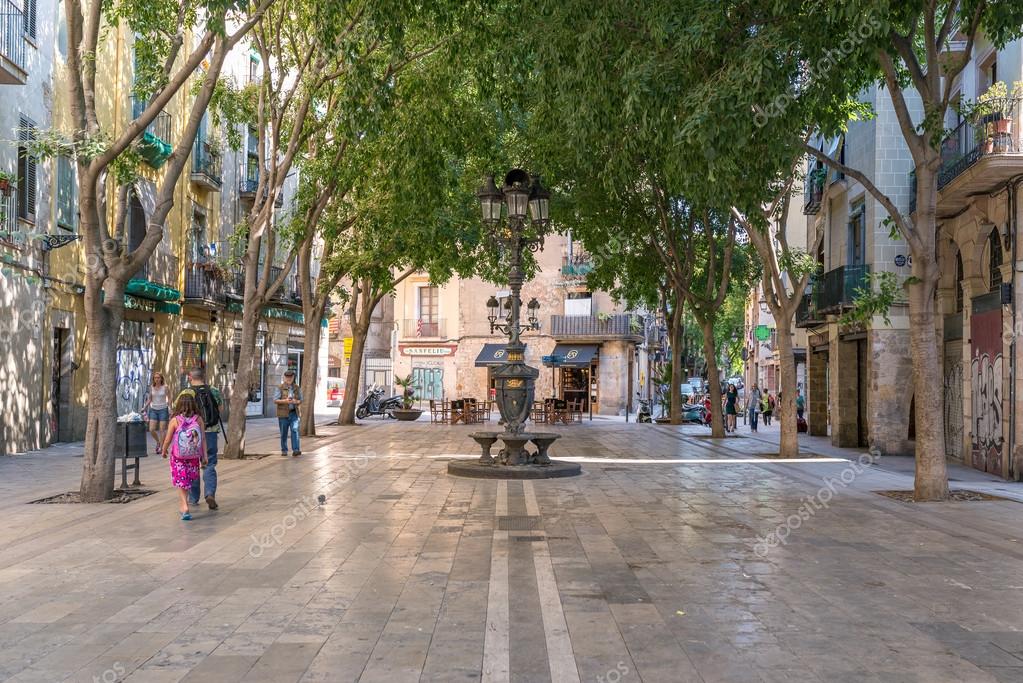
6. Take a photo at the Lover’s Kiss mural
A romantic outdoor plan in Barcelona is seeking out the famous Lover’s Kiss. This unique mural is comprised of 4,000 photos of Barcelona locals to create a romantic mosaic in the heart of the Gothic Quarter. Make sure to take a photo here with your loved one!
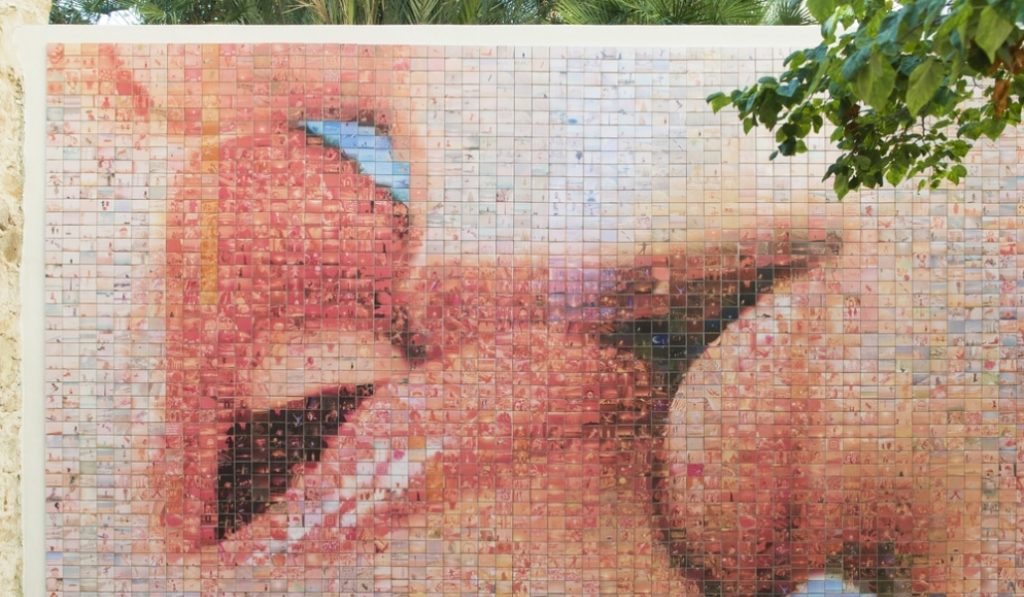
7. Take a stroll through the streets of Gràcia
Also top on our list of things to do in Barcelona is wandering the streets of Gràcia – an area to the north of the city. This quaint neighbourhood used to be a village and still retains its traditional charm. Visit the squares Plaça de la Vila with its grand clock tower and Plaça de la Virreina with its magnificent church. Also, discover many an artisan boutique, specialty coffee shop and local restaurant (subject to current restrictions).
Read more about why we love Gràcia so much here.

8. Get lost in the Parc del Laberint d’Horta
A charming maze can be found in the Horta-Guinardó district of Barcelona in this 18th century park. Head here to enjoy utter peace and quiet amongst the towering cypress trees. Perfect for all ages to disconnect from the buzz of the city. If you’re looking for more parks to visit in Barcelona, read on in our article here.
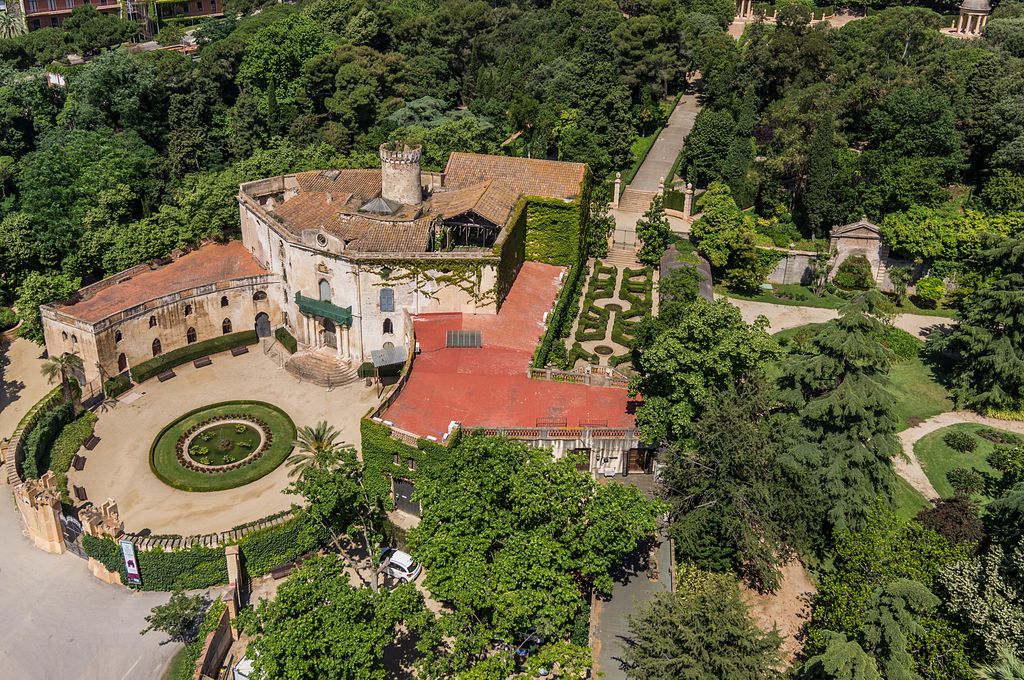
9. Discover a piece of Gaudí at Park Güell
Park Güell is one of the most known works of Gaudí in Barcelona. Although you need to pay to access the Gaudí monument, you can visit the park and surrounding areas free of charge to discover this piece of green in the city.
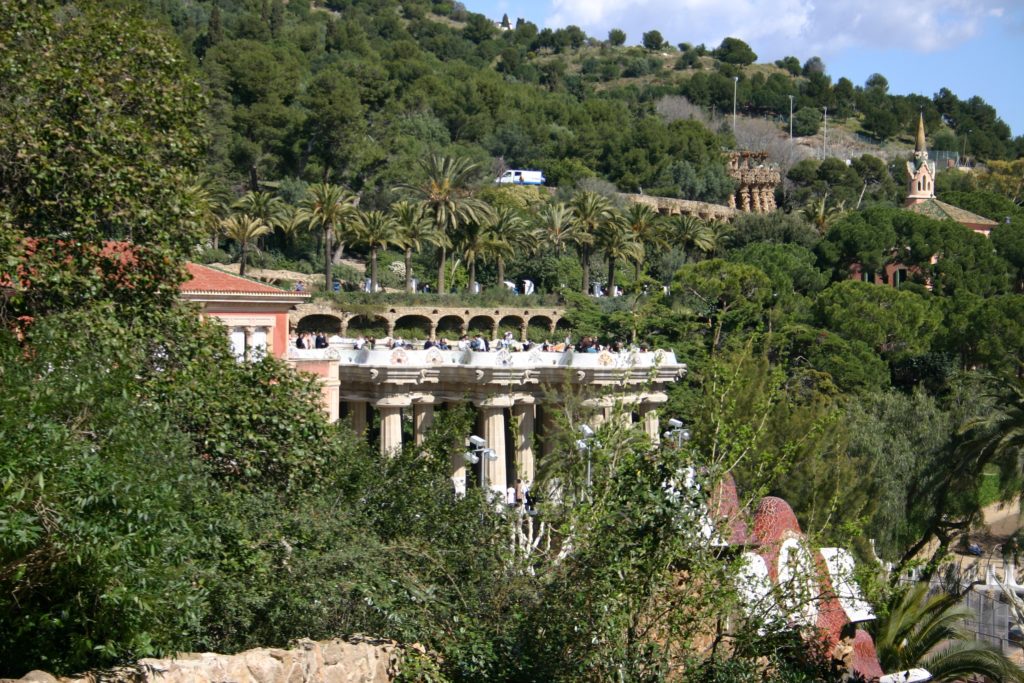
10. Take in the views from the Bunkers del Carmel
In the past few years, a visit to the Bunkers del Carmel viewpoint has become one of the top things to do in Barcelona. Why not discover these fantastic views for yourself?
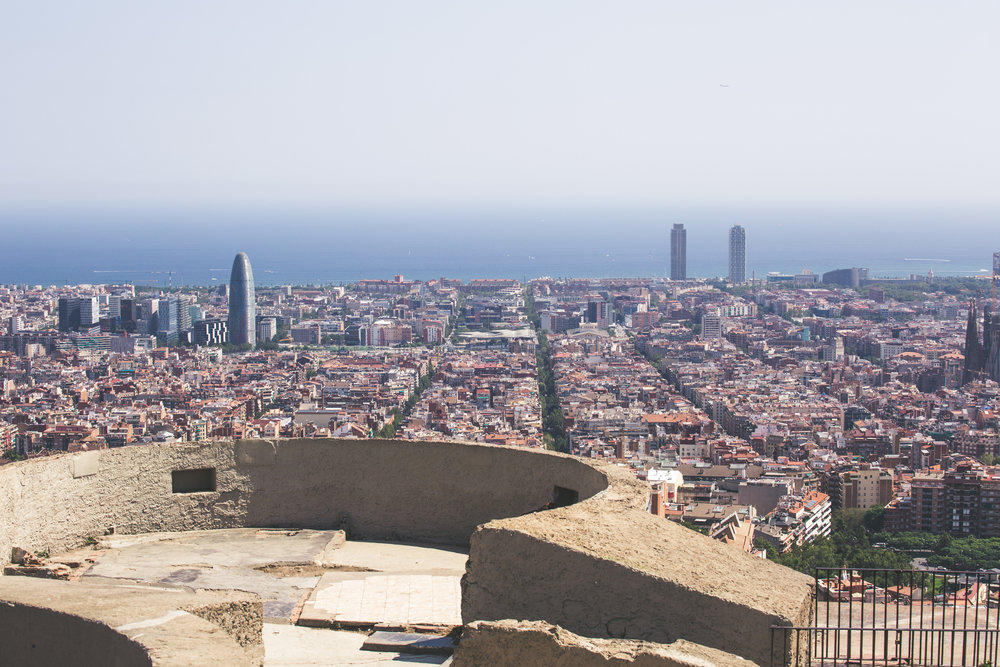
What’s your favourite thing to do in Barcelona outside? Let us know!
